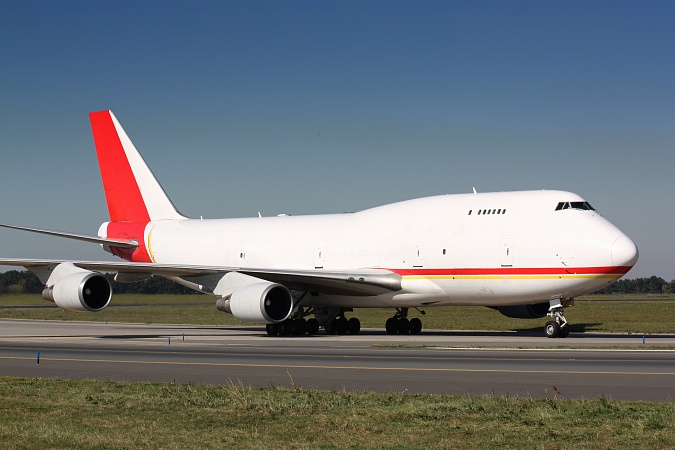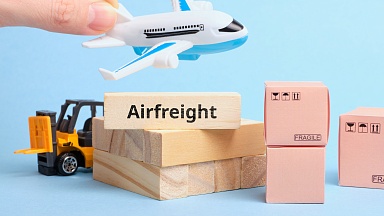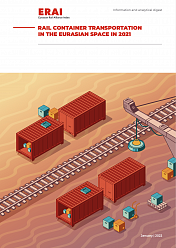HL Express is expanding its airfreight capacity to support growth in cross-border trade and e-commerce within the Asia Pacific region and specifically between Vietnam, Hong Kong and Thailand.
A newly-converted B737-800 freighter, operated by K-Mile Asia, a partner of DHL, provides a total gross payload of close to 140 tons weekly as it travels six times a week from Hanoi to Hong Kong and Bangkok before making its return to Hanoi.
This represents a 30% increase in capacity when compared to that offered previously on the routes by a B737-400SF freighter, enabling better preparation and response to the anticipated growth in shipment volumes in the coming months, DHL said in a statement.
Cross-border trade and e-commerce growth
The expanded capacity and increased flight frequency from five to six times per week will equally enable businesses and consumers from the three markets to capitalise on the growth in trade opportunities within Asia, as they benefit from quicker deliveries and shorter transit times, the statement added.
Ken Lee, CEO, DHL Express Asia Pacific, said: «Asia Pacific has remained resilient despite the economic impact brought about by the COVID-19 pandemic. In fact, we are seeing increased activity in cross-border trade and e-commerce within the region due to improved logistics, enhanced connectedness as well as reduced trade barriers.
«With the expansion of our airfreight capacity, we are confident that we can provide businesses in Thailand, Vietnam and Hong Kong with better access to other markets via our extensive global network and boost their economies in the process.»
Economic growth in Asia Pacific has shown signs of rebound and is set to continue, driven in part by a progressive rollout of COVID-19 vaccines across the region, the statement noted.
Exports are also forecasted to grow at a rapid pace, as a result of stronger supply chain networks and ASEAN policy initiatives, such as the Regional Comprehensive Economic Partnership (RCEP), that promote regional economic integration.
’Surge in demand’
In addition, Asia Pacific’s e-commerce sales are showing no signs of slowing down and are projected to reach US$2 trillion by 2025 as mobile connectivity and a digital-savvy demographic propel digital adoption, DHL observed.
Almost 75% of online shoppers in Hong Kong and 50% in Thailand have made purchases on overseas platforms. Similarly, Vietnam has also seen an acceleration in cross-border e-commerce activities.
«As consumers get used to shopping online, businesses are equally making the leap to digital platforms to conduct their B2B transactions, not to mention many of which are helmed by digital natives who have grown up in the age of the Internet,» explained Sean Wall, executive vice president, Network Operations & Aviation, DHL Express Asia Pacific.
«To tackle this surge in demand, we have been actively finding opportunities to enhance our fleet, including the conversion of suitable passenger aircraft. Utilising the B737-800 will also help us reduce carbon emissions by 15% as compared to the B737 Classic aircraft, which is one of the deciding factors as we accelerate toward our climate-neutral logistics target.»
The new B737-800 aircraft connecting Bangkok, Hong Kong and Hanoi joins three other aircraft in the fleet that concurrently and collectively serve Hong Kong, Phnom Penh, Singapore and Jakarta.
It is also part of DHL Express’ plans to bolster its Asia Pacific network with the investment of close to €60 million by introducing new aircraft and direct routes.





